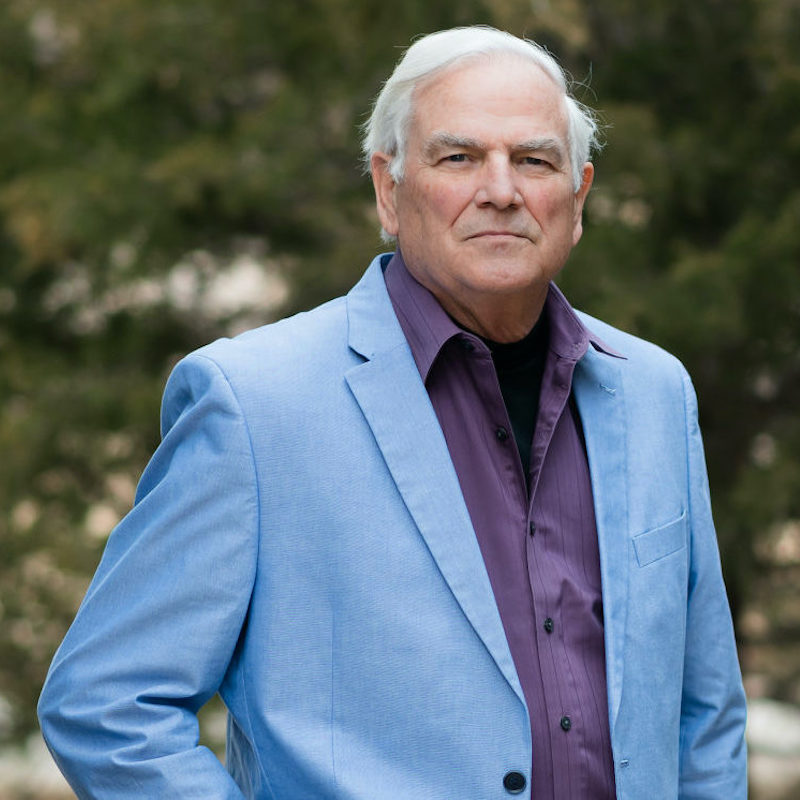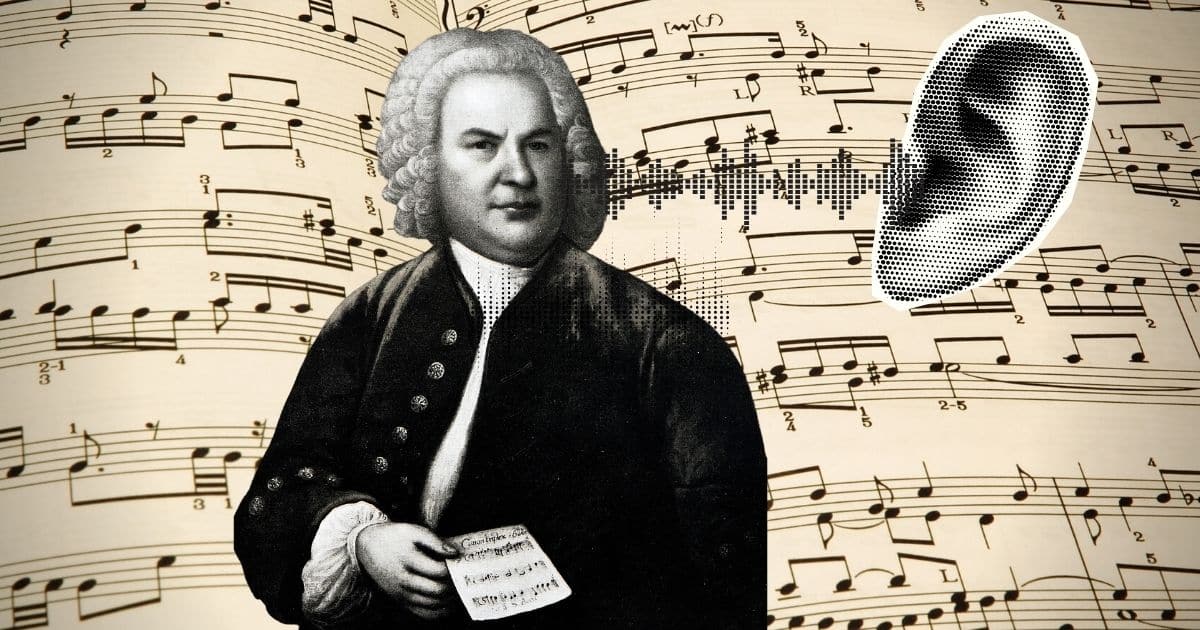Johann Sebastian Bach (1685-1750) remains a renowned figure among music enthusiasts around the world. He was a highly productive German composer and organist, acclaimed for his extensive body of sacred and secular compositions for choir, orchestra, and solo instruments. His works are recognized for unifying various elements of the Baroque era, leading it to its pinnacle.
Interestingly, Bach didn’t receive widespread appreciation during his lifetime and was even considered out-of-date by his peers. Nonetheless, he is now hailed as one of the most eminent and impactful composers in history.
Today marks the 338th anniversary of his birth, a celebration of his enduring legacy.
Bach’s Health and Medical Legacy

Johann Sebastian Bach Memorial, Leipzig
Rose highlights Bach’s relatively good health at age 60, which later declined due to hypertension and obesity. His demise in 1750 resulted from a stroke. Unlike Beethoven, Bach didn’t suffer from hearing impairment, but his history contains intriguing twists.
Some believe his fatal stroke was a consequence not of hypertension but of complications from ocular surgery by the notorious “oculist” Chevalier John Taylor, renowned in Europe. In his last years, Bach was nearly blind, attributed to Taylor’s questionable practices. Daniel Albert, MD, MS, author of “Men of Vision,” refers to Taylor as a symbol of 18th-century quackery, noting his dubious surgeries that also blinded Handel.
Nearly 150 years after Bach’s death in 1894, his casket was opened before Professor Wilhelm His, a prominent anatomist at the University of Leipzig. Baer (1951) describes the composer’s body’s identification and how Professor His, with Viennese Otologist Adam Politzer, meticulously examined Bach’s temporal bones. Their findings suggested a correlation between Bach’s exceptional musical talent and the structure of his ears.
While they believed describing a composer’s talent from bone structure was futile, they emphasized the significance of a well-developed ear in the creation of a great composer.
His and Politzer observed remarkable developments in Bach’s temporal bones, including a larger fenestra rotunda, thickened mastoid processes, and abnormalities in the Petrous portion. They also noted unusually strong development in the inferior temporal gyri and an enlarged first turn of the cochlea, suggesting exceptional cochlear ganglion development and higher centers in Bach’s case.
All this may have been an attempt by famous, well-educated anatomists and otologists to suggest that Bach had bigger, more developed ears than normal human beings.
Hmmmm …. an autopsy on a body that had been buried for 150 years showing that Bach had superhuman ears?
No wonder we mere mortals can only appreciate good music, not create it. I GUESS SIZE DOES MATTER!
About the author

Robert M. Traynor, Ed.D., is a hearing industry consultant, trainer, professor, conference speaker, practice manager and author. He has decades of experience teaching courses and training clinicians within the field of audiology with specific emphasis in hearing and tinnitus rehabilitation. He serves as Adjunct Faculty in Audiology at the University of Florida, University of Northern Colorado, University of Colorado and The University of Arkansas for Medical Sciences.
**this piece has been updated for clarity. It originally published on March 20, 2012







